‘D-Lite’: Ergonomic Lighter
CAD Model
January - February 2024
How can candle lighters balance inclusive, intuitive design with safety?
Candles have become a subject of modern ritual. Whether it be creating serenity within a dorm room, serving as a symbol in religious custom, or literally lighting the way when the power cuts out, the act of lighting a candle holds significance beyond its functionality. However, the current design of the lighter’s handle prioritizes safety at the expense of inclusivity, as users with limited mobility often struggle to hold down the safety button while lighting a lighter. We used ergonomic heuristics to redesign the candle lighter to allow for minimal wrist and finger strain to make it easier on those with less hand strength.
January - February 2024
How can candle lighters balance inclusive, intuitive design with safety?
Candles have become a subject of modern ritual. Whether it be creating serenity within a dorm room, serving as a symbol in religious custom, or literally lighting the way when the power cuts out, the act of lighting a candle holds significance beyond its functionality. However, the current design of the lighter’s handle prioritizes safety at the expense of inclusivity, as users with limited mobility often struggle to hold down the safety button while lighting a lighter. We used ergonomic heuristics to redesign the candle lighter to allow for minimal wrist and finger strain to make it easier on those with less hand strength.
Skills:
![]()
- Fusion 360 CAD
- Foam Modeling
- User Testing
- RULA Assessments
- Ergonomic Design
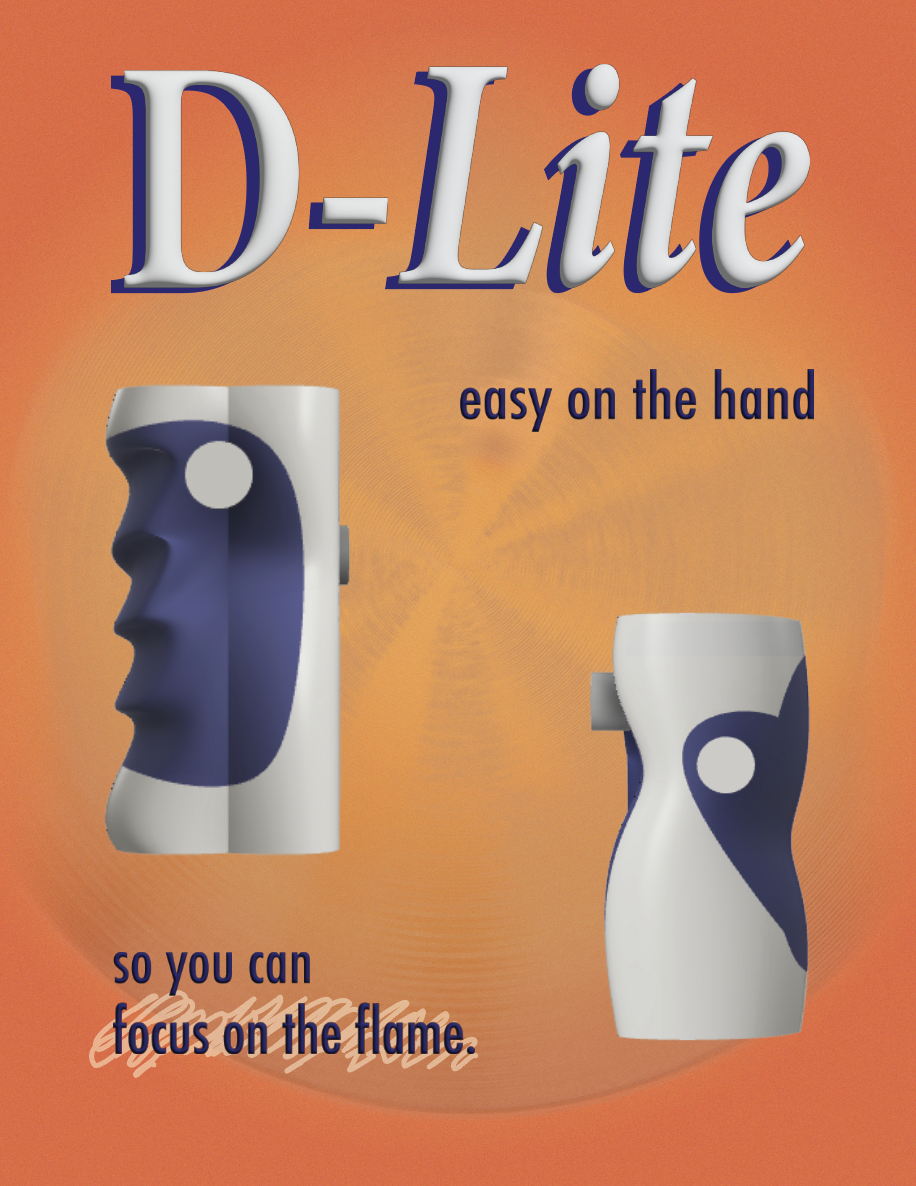
Task Analysis
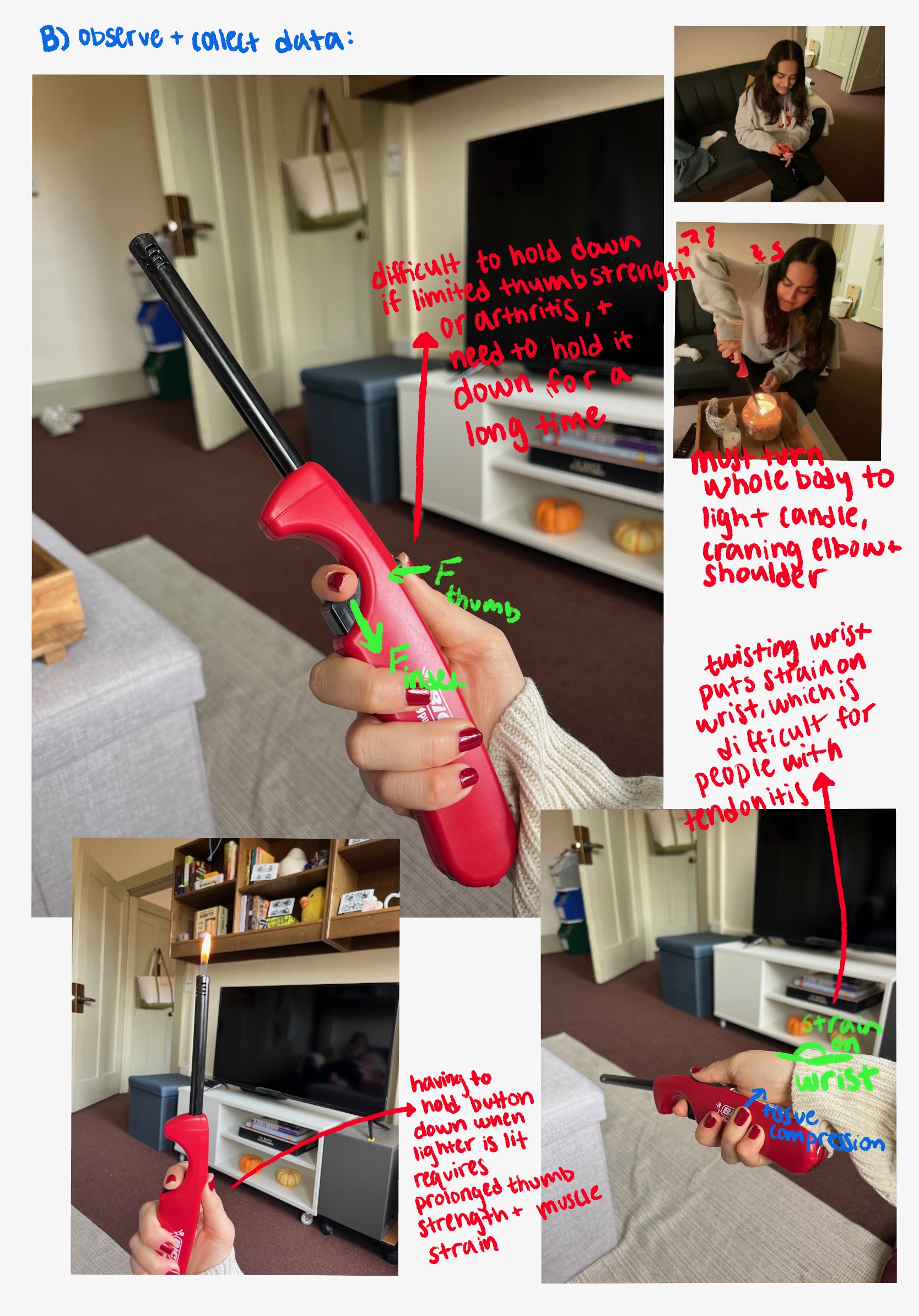


Concept Sketches
Initial Sketches:


Benchmarking and User Testing
Iteration 1:
1
Pear-shaped


Foam Model Testing Takeaways:
- Fit awkwardly in users’ palms
- Proportions are off, too small
- Shape doesn’t provide secure grip

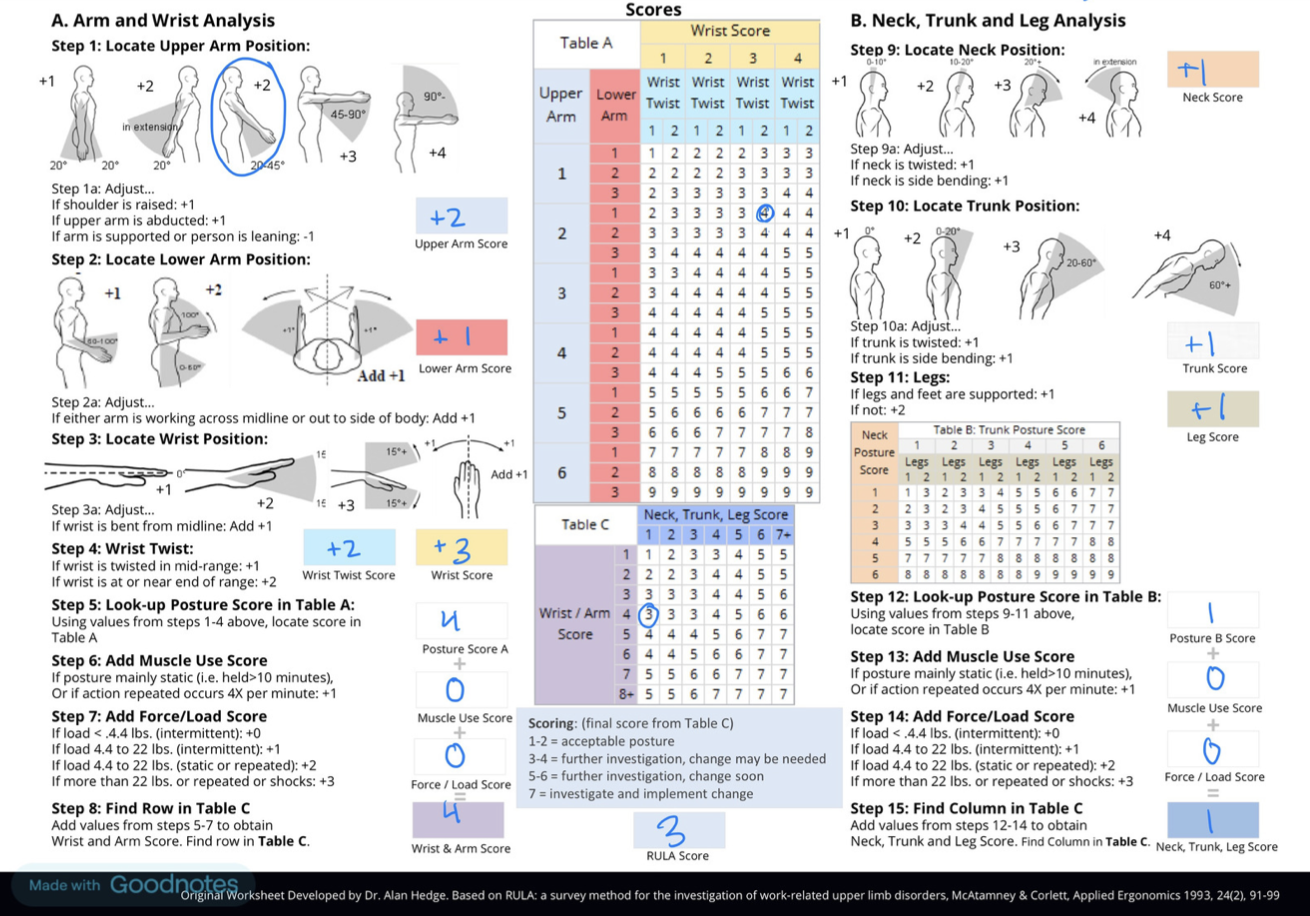
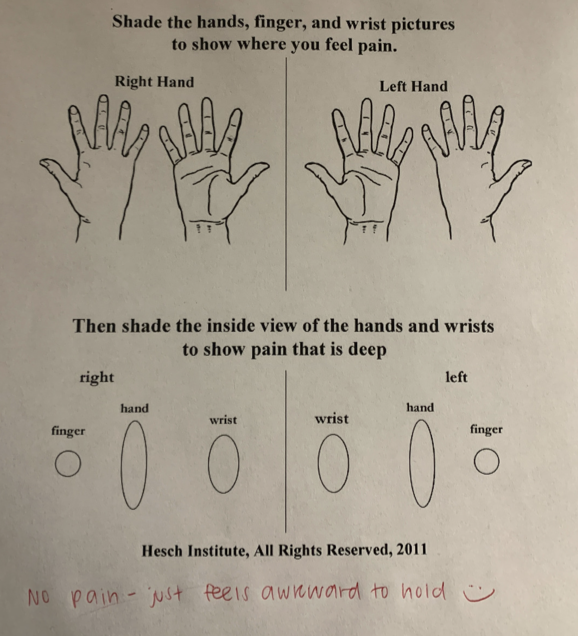
2
“Mouse” Model


Foam Model Testing Takeaways:
- Too wide for users with smaller hands
- Thumb indent made contact with the palm extra comfortable
- Users worried it would be too heavy dependent on the material

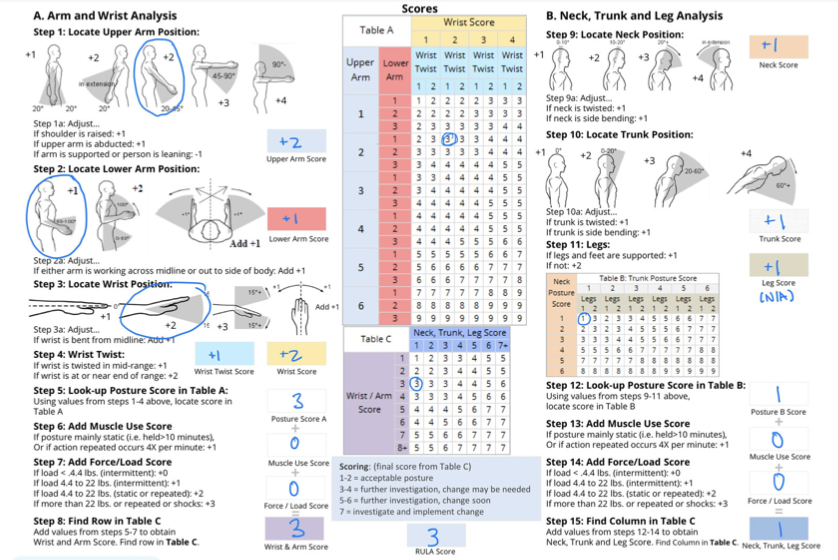
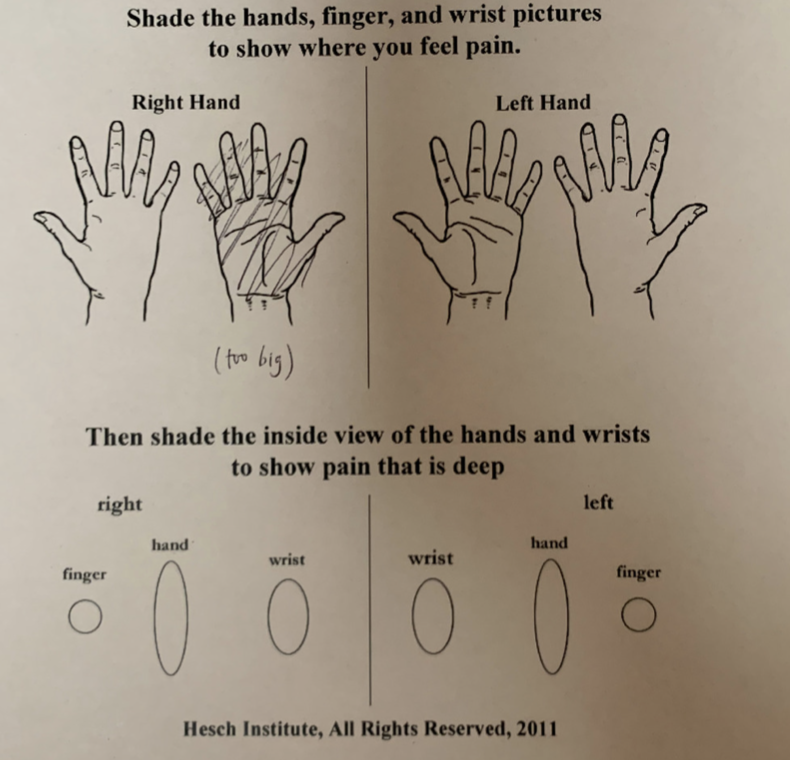

Iteration 2
1
Front-Button Handle

Foam Model Testing Takeaways:
- Users’ favorite of all models thus far
- Having the button in the front felt most intuitive
- Really enjoyed finger divots
- Wished it was a bit longer for larger-handed people

User B Evaluation: Medium Hand, M
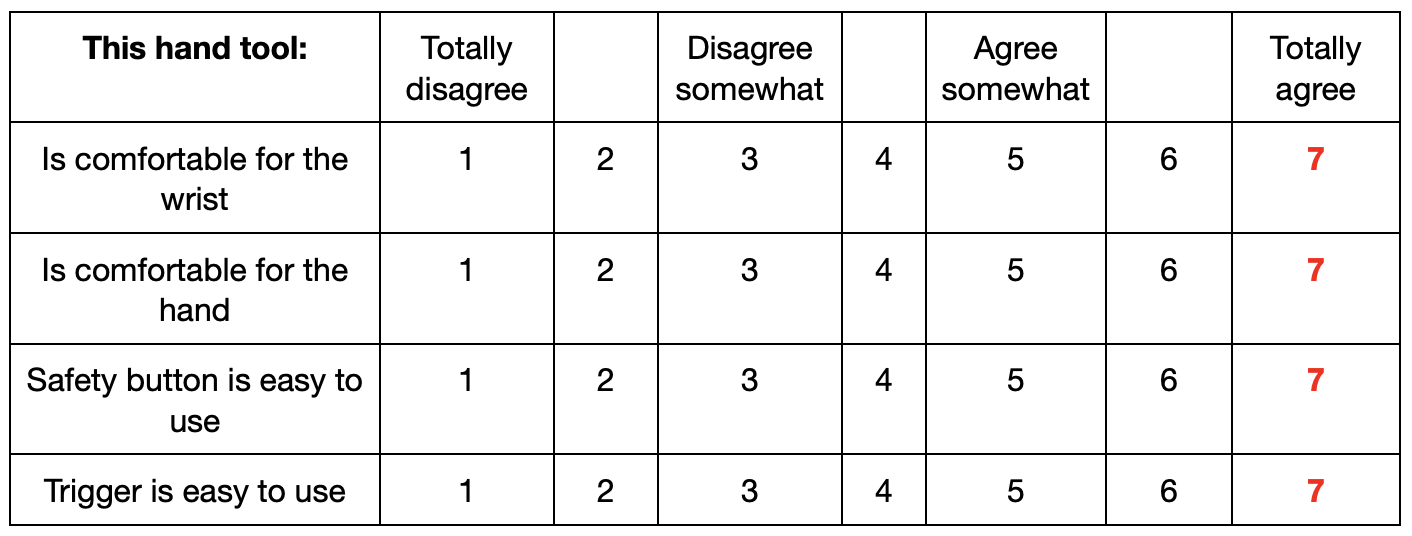
User C Evaluation: Large Hand, M

2
Wrap Around Side Button

Foam Model Testing
Takeaways:
- Didn’t find grip as comfortable as the previous one
- Too small for User C’s hand
- Wished there was a finger diver between the pinky and ring finger
- Lower average rating than the previous prototype

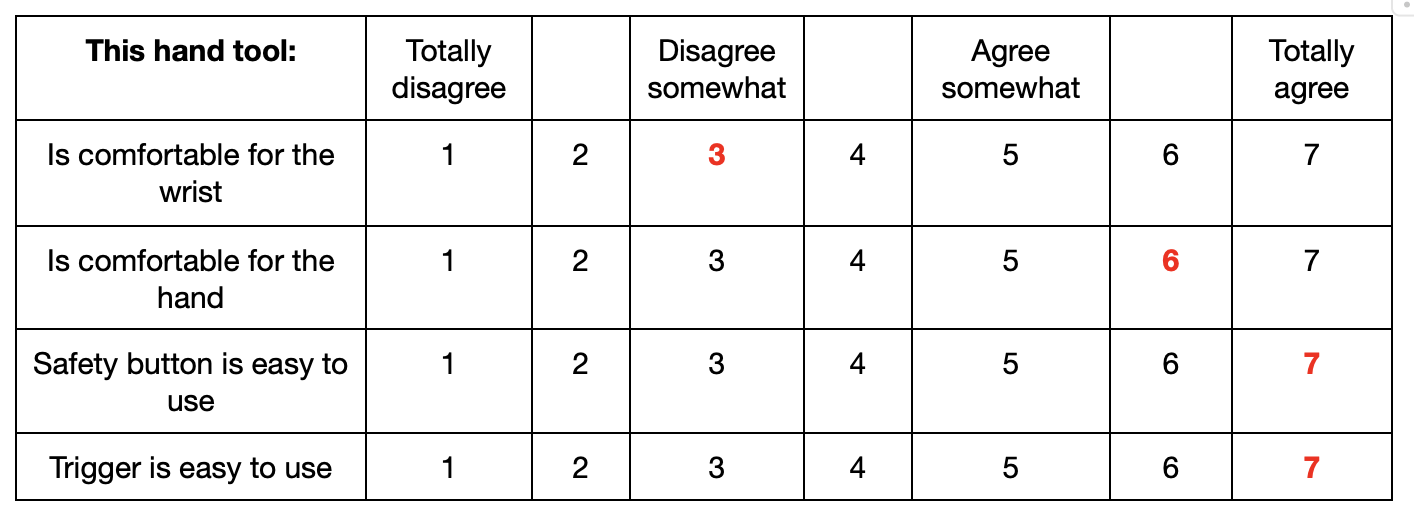

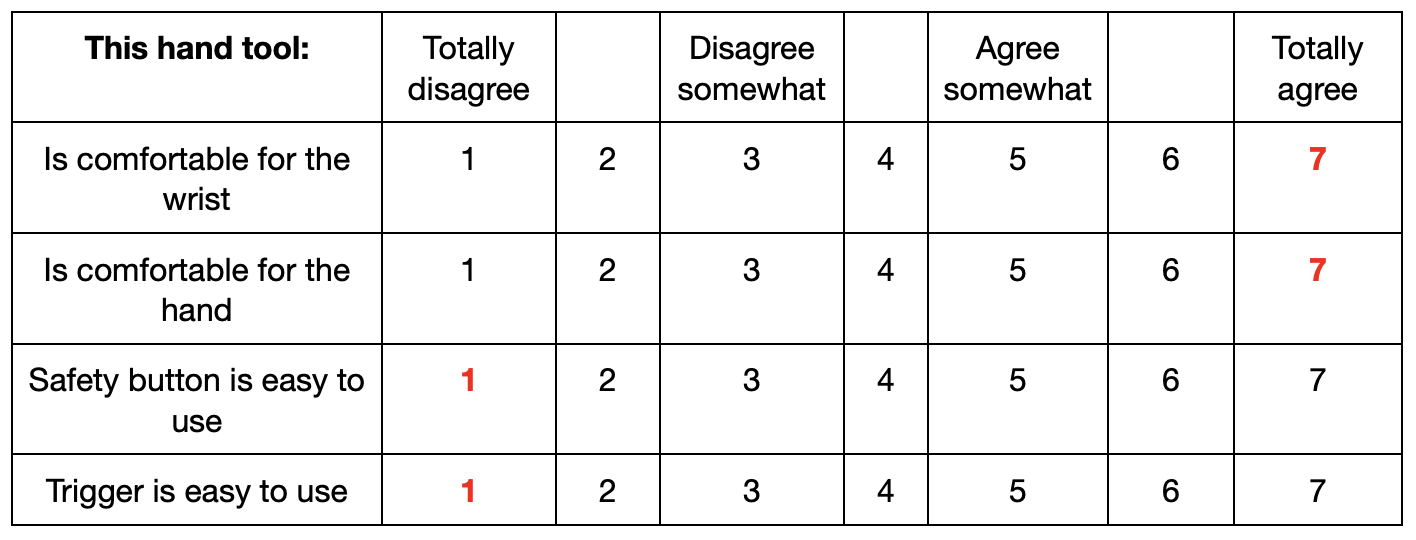
Moving Forward
I decided to move forward with the front-button handle, as it scored the highest for comfort, modifying it to have a longer handle and larger finger divots to accomodate larger hand size.
Final CAD
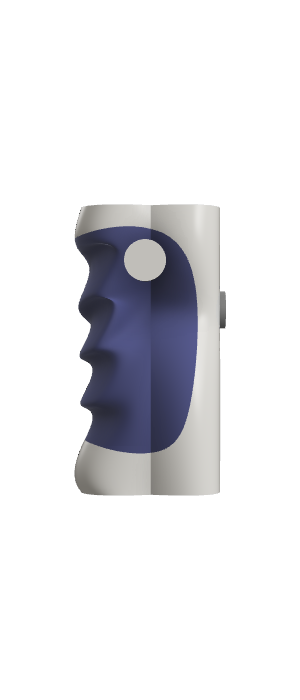

Reflections

During this project, I was forced to think critically about the intersection of safety, accessibility, and comfort when redesigning a common, but potentially dangerous household product.
- Practiced using Stanford’s Product Realization Lab hot wire cutter to create physical foam models
- Created 1:1 orthographic sketches to assist in prototype making
- Tested with “edge-case” users to ensure the product worked comfortably for a large range of hand sizes
- Used heuristic data to parametrize final CAD
- Thought critically about material as it pertained to grip, and grip’s importance
